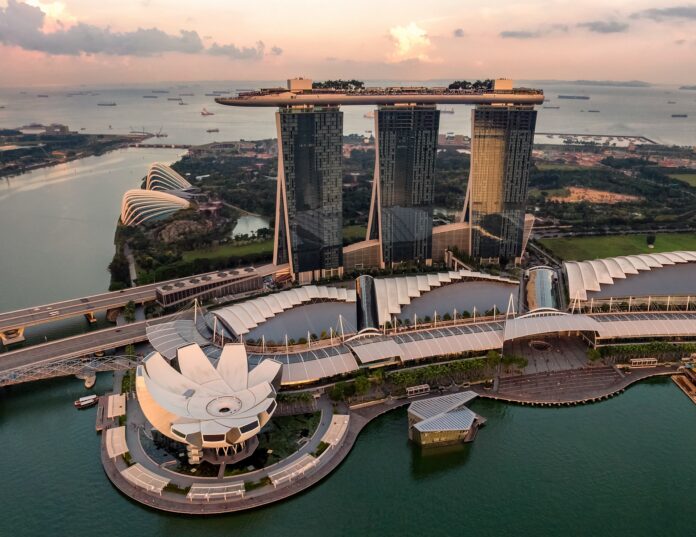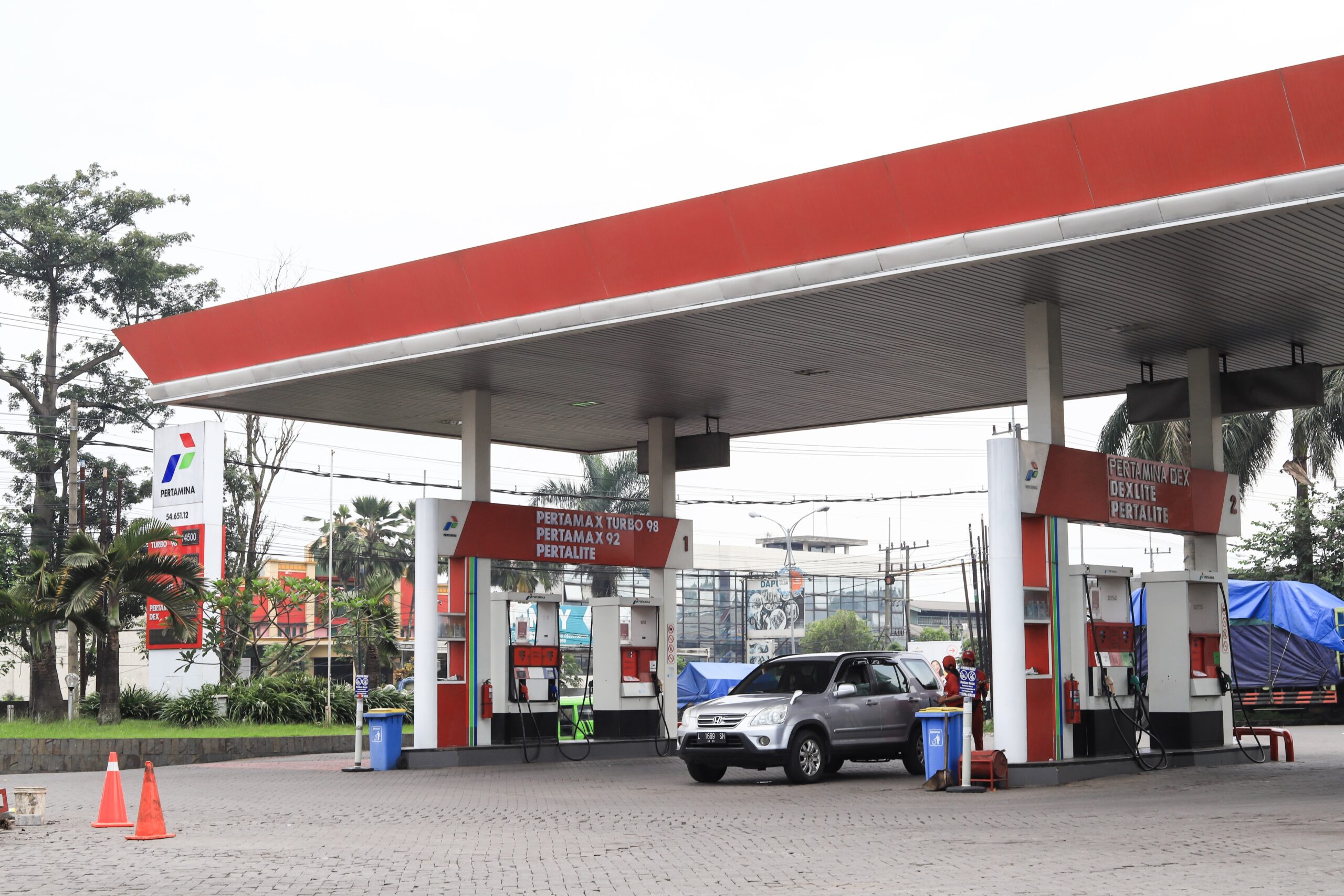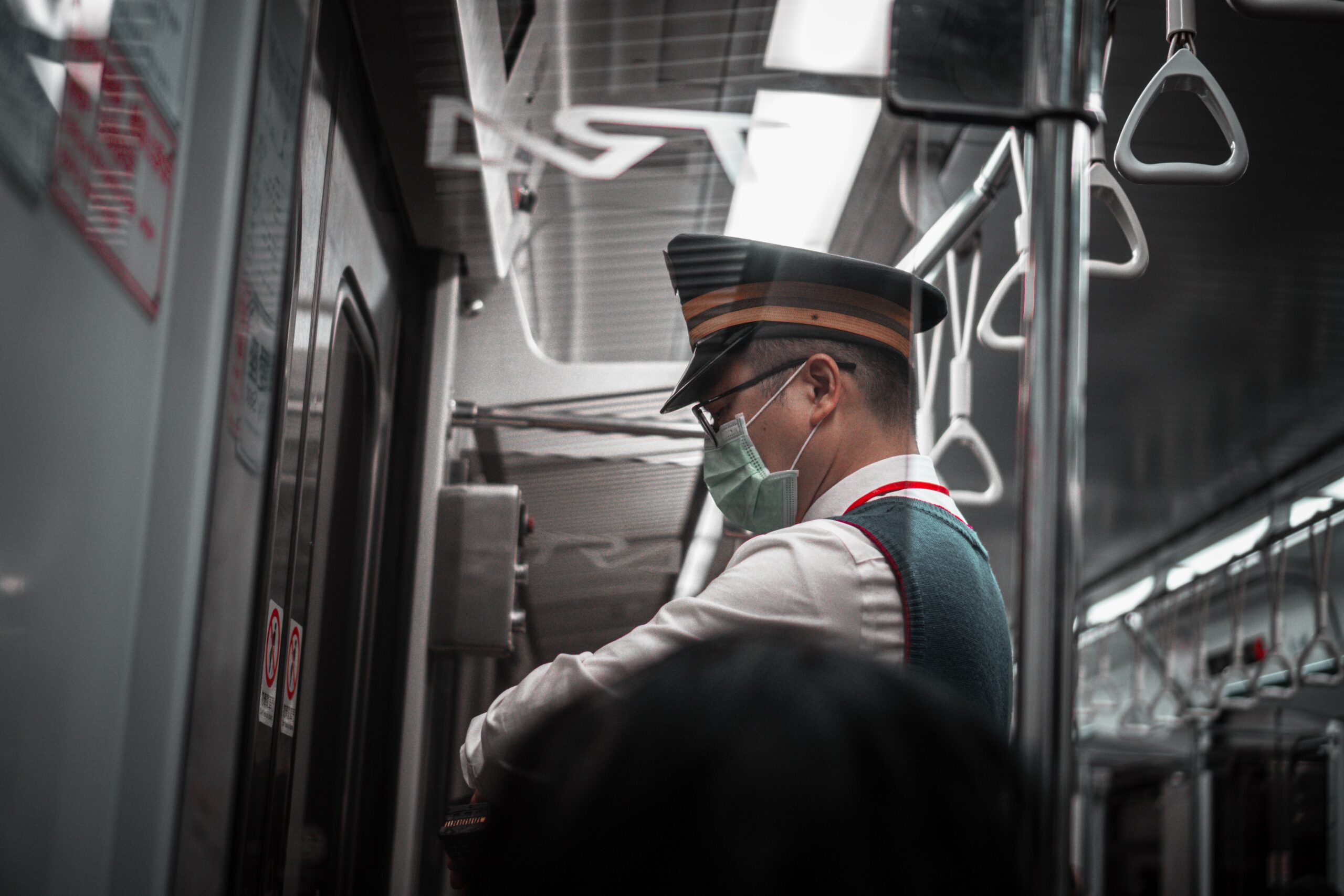The governments of Singapore and Hong Kong are serious about creating a travel corridor or a travel bubble. Tourists from both countries will be free of quarantine.
CNN reported, the implementation of this travel bubble followed the low number of Covid-19 cases in both of them. This new policy discourse was announced on Thursday and may soon be realized.
Almost all countries in Asia are still closed to foreign tourists. Including Indonesia, they refused short-term visitors.
Hong Kong only opens gates for its residents and must wear electronic wristbands to track their location. In addition, they also have to quarantine for 14 days.
Both countries have managed to control the Covid-19 outbreak in their region. The decline in cases prompted the two to discuss opening the travel bubble gate last Wednesday.
There is no definite date regarding the launch of this travel bubble. But the details will be refined in the coming weeks.
In the travel bubble, travelers are required to have a negative Covid-19 test result. A negative test result uses a mutually recognized test.
There are no restrictions on this travel bubble, travelers can come and go for business, fun, study, or more. They will fly on special flights that only serve the travel bubble passengers.
Although there are no quarantine and other strict conditions, all of these plans will depend on the Covid-19 situation. If there are significant additions in one of the countries, the above plans will change.
The effect is, the number of tourists can be reduced or increased. In fact, the travel bubble program could be suspended again.
Hong Kong itself experienced a third wave of Covid-19 earlier this summer. New infection cases each day jumped from single digits to 149 in July.
Strict restrictions are slowly easing the spread of Covid-19 rapidly. Residents are prohibited from hanging out in public and eating on the spot.
This tight control saw infection cases drop to just a dozen in August and hit zero within days.
Earlier this spring, Singapore struggled to contain a spike in infections. Daily cases exceeded 1,000 in April.
Most of the cases occurred in migrant worker dormitories. They come from South and Southeast Asian countries, such as Bangladesh and India.
Authorities have completely locked down dormitories, relocated infected residents and implemented other measures such as mass testing. It took months to bring local outbreaks under control.
Then, the cases gradually dropped over the summer. By August, the number of daily cases fell to tens.
With the stable situation, Singapore has relaxed its restrictions. Apart from the travel bubble with Hong Kong, they also agreed to reopen their gates for businessmen from Indonesia and Malaysia.























